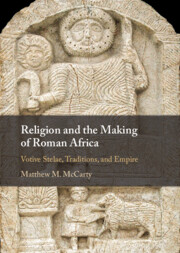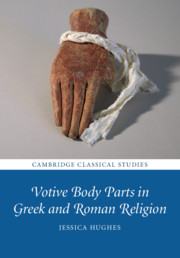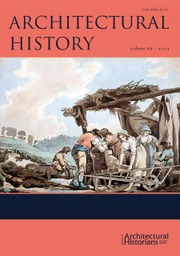Religion and the Making of Roman Africa
This book fundamentally rewrites the cultural and religious history of North Africa under the Roman Empire, focalized through rituals related to child sacrifice and the carved-stone monuments associated with such offerings. Earlier colonial archaeologies have stressed the failure of the empire to 'Romanize' Indigenous and Punic settler populations, mobilizing inscriptions and sculpture to mirror and explain modern European colonial failures as the result of ethnic African permanence. Instead, this book uses postcolonial theory, pragmatic semiotics, material epistemologies, and relational ontologies to develop a new account of how Roman hegemony transformed and was reproduced through signifying practices in even a seemingly traditional, 'un-Roman' rite such as child sacrifice. In doing so, the book offers a model for understanding the Roman Empire, the peoples who lived across its provinces, and their material worlds.
- Decolonizes North African archaeology by challenging and offering alternatives to the major narratives that underpin accounts of the region in antiquity
- Promotes the accessibility of Roman Africa, its history, and its archaeology, to anglophone audiences
- Reconceptualizes the history and archaeology of North Africa in ways that can offer a model for understanding other empires and their impacts, past and present
Product details
November 2024Hardback
9781107020184
482 pages
250 × 176 × 31 mm
0.99kg
32 b/w illus. 46 colour illus. 13 maps
Available
Table of Contents
- List of figures
- Acknowledgments
- Abbreviations
- Part I. Colonial Histories:
- 1. Colonial traditions
- 2. Historicizing stelae and sanctuaries
- Part II. Themes in the Making of Hegemony:
- 3. Making Africa with Punic signs
- 4. Making a God
- 5. Making sanctuary communities
- 6. Making children subjects of empire
- 7. Making offerings
- 8. Remaking spaces and societies
- 9. Making empire: signs, stelae, and traditions
- Appendix 1. Dating stele-sanctuaries
- Appendix 2. Concordance of ancient/modern place names
- References
- Index.




